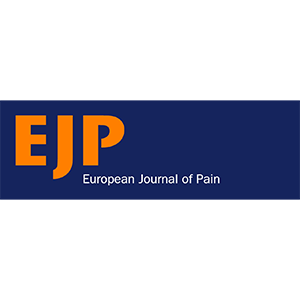Abstract Background: The use of paracetamol or nefopam for postoperative pain control is limited by the need of high doses associated with unwanted effects. Previous works suggest positive interactions between both compounds that may be exploited to obtain potentiation of antinociception.
Methods: Mechanical and heat antinociception induced by oral doses of paracetamol, nefopam or their combination was studied by isobolographic analysis in a murine model of postsurgical pain. The effective doses that produced 50% antinociception (ED50) were calculated from the log dose–response curves for each compound. Subsequently, the effects of ED8.7s, ED12.5s, ED17.5s and ED35s of nefopam and paracetamol combined were assessed.
Results: Oral paracetamol induced dose-dependent relief of postoperative sensitivity and showed higher efficacy reducing mechanical hypersensitivity (ED50 177.3 ± 15.4 mg/kg) than heat hyperalgesia (ED50 278.6 ± 43 mg/kg). Oral nefopam induced dose-dependent antinociception with similar efficacy for mechanical and heat hypersensitivity (ED50s 5.42 ± 0.81 vs. 5.83 ± 0.72). Combinations of increasing isoeffective doses revealed that combined ED17.5s (85.76 mg/kg paracetamol and 1.9 mg/kg nefopam) and ED35s (132.67 mg/kg and 3.73 mg/kg) showed synergistic effects leading to 75% and 90% mechanical antinociception, respectively. These mixtures were defined by interaction indexes of 0.43 and 0.41 and ratios 45:1 and 35:1 paracetamol:nefopam, respectively. The same combinations showed additive effects for the inhibition of incisional thermal hyperalgesia.
Conclusions and limitations: This work describes a synergistic antinociceptive interaction between low doses of nefopam and paracetamol for the treatment of postoperative hypersensitivity to peripheral stimuli. The promising results obtained on reflexive nociceptive responses of young male mice subjected to plantar surgery highlight the interest of further research evaluating the effects of this mixture on the affective-motivational component of pain and in females and additional age groups. Confirmation of pain-relieving efficacy and safety of this oral combination clinically available in European and Asian countries could provide a useful tool for postsurgical pain management.
Significance: Early postoperative pain is currently undertreated and has been recognized as a relevant source of chronic postsurgical pain. Oral efficient treatments could facilitate fast-track surgeries and patient recovery at home. Here, we identify in a mouse model of postoperative pain a potent synergistic oral combination consisting of low paracetamol and nefopam doses that provides relief of postsurgical hypersensitivity to mechanical and thermal stimuli. Oral multimodal paracetamol–nefopam mixtures represent a potential clinically available pharmacological strategy for the relief of incisional sensitivity and the promotion of patient recovery.

